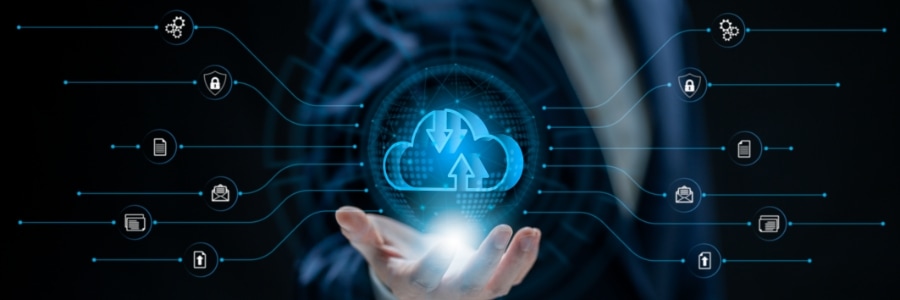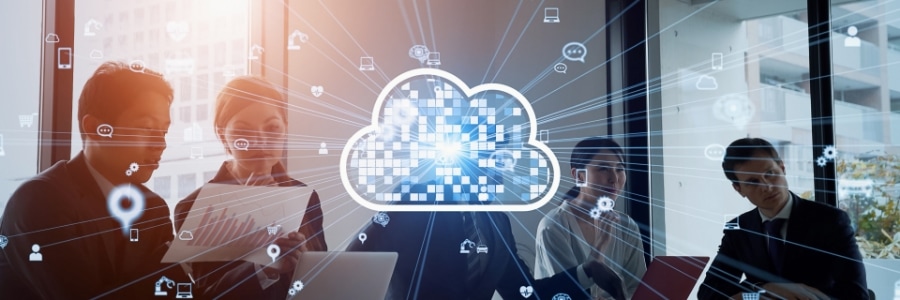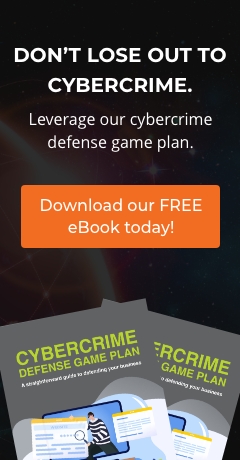The shift to multicloud is becoming a common strategy for enterprises seeking more flexible, resilient, and high-performance solutions. Leveraging services from multiple cloud providers enables businesses to customize their IT infrastructure, making sure it aligns more effectively with their specific requirements.
The resurgence of private clouds: How advanced solutions are reshaping enterprise IT

The private cloud is experiencing a revival, especially as businesses recognize the benefits of a hybrid strategy. A new generation of private cloud platforms, equipped with advanced features such as automation, elastic scalability, and robust security, is now capable of handling cutting-edge workloads, including AI and big data.
8 Essential practices for safeguarding your multicloud infrastructure

As multicloud architectures become increasingly prevalent, maintaining strong security has grown more challenging than ever. This article outlines eight key strategies for businesses looking to protect their cloud systems. Learn how to streamline security governance, minimize blind spots, and secure your environment across diverse cloud platforms for a unified and secure multicloud setup.
Stop worrying about data loss with Backup-as-a-Service
How hybrid cloud solutions drive resilience and competitive edge
Beware of these costly errors when picking a cloud service provider
8 Smart ways to slash your cloud costs
How your web browser keeps you one step ahead of cyberthreats

When it comes to online safety, HTTPS (Hypertext Transfer Protocol Secure) is your first line of defense. In this article, we explore how HTTPS helps secure your connection to websites, prevent data theft, and build trust in the digital world. Whether you’re banking, shopping, or just reading the news, understanding how HTTPS works can help you stay safe every time you go online.








